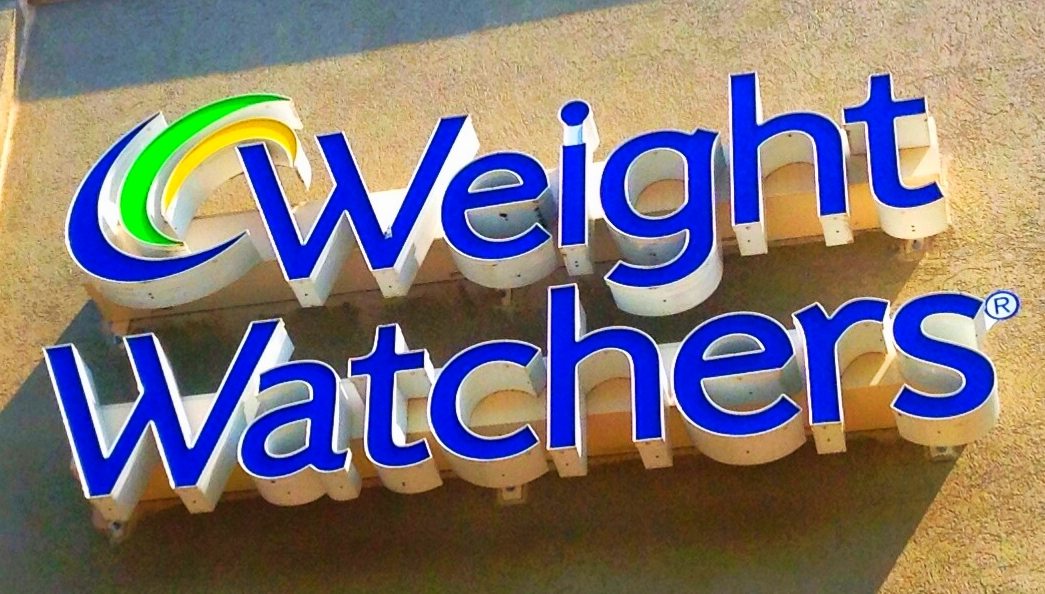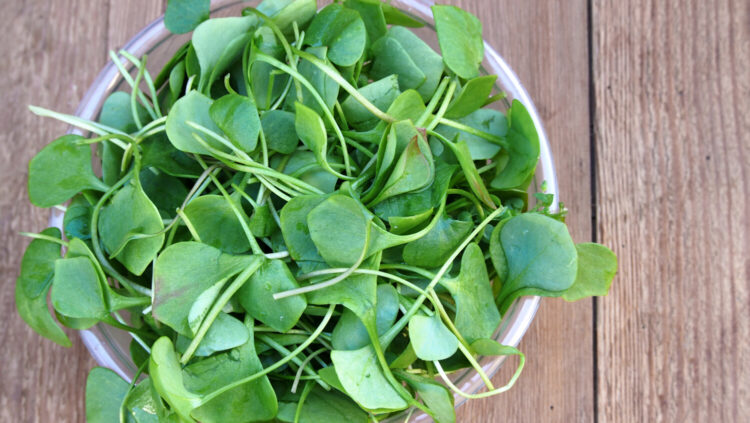Weight Watchers changed their points system, and dieters have mixed emotions
You’re likely familiar with the Weight Watchers diet. It’s worked for millions of people, and has been endorsed by celebrities such as Oprah Winfrey, Charles Barkley and Jennifer Hudson. Part of its appeal is its “points system,” which gives food numerical values, making it easier for people to meet their daily intake goals. This means that no food is off-limits, so in some ways, it’s much more user-friendly than, say, completely ruling out carbs.
But now, they’ve changed their points system to allow even more flexibility, and Weight Watchers users have some mixed feelings about the new counting method.
Changes To The Weight Watchers Points System
The new Freestyle plan offers over 200 foods for zero points, according to the Weight Watchers website.
The zero-point foods include:
- eggs
- low-fat turkey and chicken
- various types of fish and seafood
- fruit, tons of varieties
- vegetables, tons of varieties
- nonfat, unsweetened yogurt
- other protein sources like tofu, beans and peas
Because these foods are worth zero points, you could—in theory—eat as much of them as you want with no consequences. But it’s important to note that moderation is still recommended.
Instagram user @healthyhappiergina shared this helpful chart below:
https://www.instagram.com/p/BcQJ-qiD2U7/?tagged=weightwatchersfreestyle
The founder of Weight Watchers sees these changes as a way to make the diet program even easier to be a part of. “In today’s world, they want as much simplicity as possible, as much freedom as possible, and they want something that works into their life,” CEO Mindy Grossman told northjersey.com.
Some people online are loving the idea of not having to count some of the foods they eat all of the time:
When you read about the new @WeightWatchers plan and see that corn, eggs, and black beans are all zero points! I’m so freaking excited! I would always “accidentally” drop the yoke of the egg in and would feel bad about adding extra corn and black beans before! Not anymore!!! pic.twitter.com/NFeqrlxwlJ
— Hannah (@HanPosey) December 4, 2017
https://twitter.com/sketchlibrarian/status/937840432393924608
Some are pointing out that the zero-point foods also happen to be high in protein, which could be a bonus for healthy diets:
With a few exceptions, Weight Watchers' new zero points foods list reads a lot like the protein:NPE paradigm from @tednaiman. It's almost like the world is catching on to the benefits of protein… ⬆️satiety; ⬇️ metabolic probs @_Jamie_Scott https://t.co/Ak0d2jzsCd
— Amy Berger (@TuitNutrition) December 5, 2017
But there are those who aren’t so excited for the changes. Some feel that educating people about what they’re eating would be more helpful:
@WeightWatchers why are you adding stuff to your program that’s “zero points” when they’re high in carbs and protein? Educate your clients about proper macronutrients…
— roxanna (@RoxanneAlbu) December 4, 2017
Some people find the change daunting, because the plan apparently also lowers the amount of food points you should be consuming in a day:
I'll keep tracking with an open mind, but the idea of losing 12 points feels daunting, even with the added zero points options.
— Chris Loveless (@ChrisMLoveless) December 2, 2017
So far, I’m feeling excited about the @WeightWatchers Freestyle transition. We eat so many things so frequently on that zero point list. But nerv for less points per day! #weightwatchers
— Mandy Potts (@MWgirl) December 3, 2017
How To Make The Weight Watchers Diet Work For You
Gary Foster, Weight Watchers’ Chief Scientific Officer, told Business Insider that they’ve carefully chosen which foods to make zero points. “These foods form the basis of a healthy eating pattern,” Foster said. “Do we really care if people are eating 4 ounces of salmon vs 6 ounces of salmon? No.”
For those who are worried that people are going to overdo those zero-point foods, nutritionist and outpatient dietitian Cara Anselmo pointed out to Business Insider that it’s easier to overdo the foods that aren’t healthy for you than the ones that are. “It’s definitely easiest to overdo it with drinks, refined carbs, foods that have added sugar or are highly processed,” she told Business Insider.
As for the more restrictive daily points number, the zero-points system will hopefully encourage people to limit portion sizes with the more calorie-heavy foods, swapping in zero-point foods for healthier eating.
What do you think? Could this new point system work for you?






